My first-ever conversation with Janakiraman Srinivasan Sir, or “Jani” as he’s affectionately called, left me utterly spellbound. It wasn’t just the breadth of his experiences or the depth of his wisdom that left a lasting impression, but also the sheer perfection with which he articulated his thoughts. Every word seemed carefully chosen, every sentence thoughtfully constructed. He has a remarkable knack for using the right word at the right time—a rare gift that makes his interactions not only insightful but incredibly engaging. And, apart from Nuvepro, he loves chemicals. What a combination for me to be fond of!
In that first conversation, I was taken aback by the ease with which he communicated, seamlessly weaving personal anecdotes, professional insights, and lessons learned over a long and illustrious career. As a listener, you’re never overwhelmed by jargon or complexity. Instead, you’re drawn in, captivated by a masterful storyteller who shares wisdom with rare humility.
Yet, what stood out most was his warmth. Despite the incredible journey he has had, Jani’s ability to connect with people is perhaps his most remarkable trait. In our conversation, he didn’t miss a beat in expressing how much he enjoyed interacting with us, how much he valued such exchanges, and how he would welcome the opportunity to engage in many more such dialogues in the future. This openness, coupled with his generosity in sharing both his triumphs and his learnings, is what truly sets him apart. Anisha and I were already impressed.
Allow me to refer to him as Jani as his story unfolds.
I asked him about his humble beginnings and his early childhood:
“I was born in a place called Kumbakonam, which is in Tamil Nadu, about 400 kilometers from Bangalore. That’s where it all started,” Jani recalls, his voice tinged with a sense of nostalgia. Growing up in a small, close-knit community, his early years were shaped by a modest and humble environment, with his father working as a postal clerk and providing for the family with limited means. Yet, these circumstances never limited his ambitions.
As a child, Jani’s curiosity led him to a deep interest in chemistry. “The reason for my interest in chemistry was simple: whenever I watched a movie, I would see a hero mixing something, and the color would change, and they’d say, ‘He has discovered something!’ That’s how I perceived chemistry—a field full of opportunities to create something new,” he fondly remembers. His fascination wasn’t merely confined to books; Jani would conduct small experiments at home, mixing acids and alkalis, testing litmus papers, and creating makeshift labs in his room. This self-driven passion for exploration laid the foundation for his academic journey.
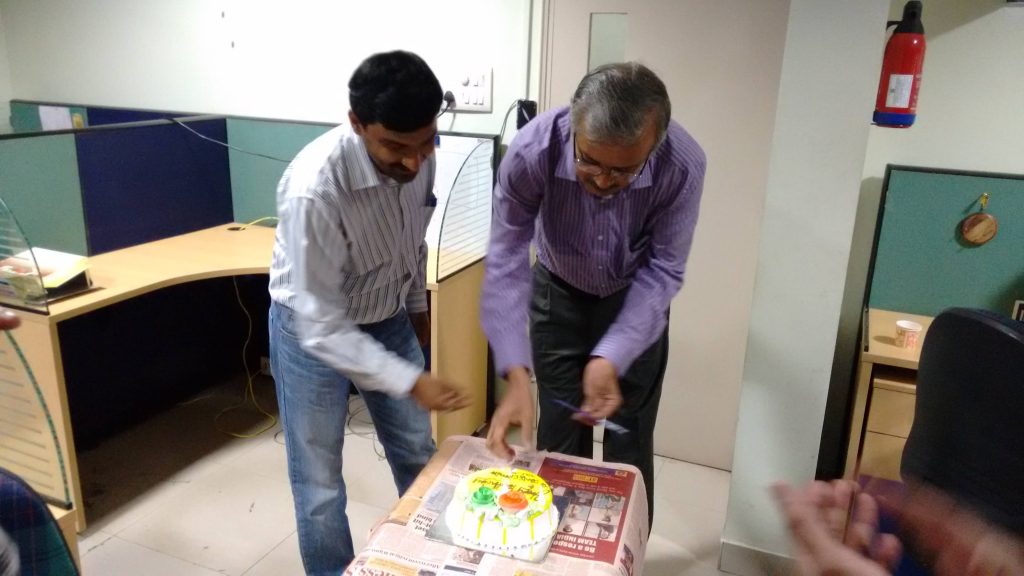
While chemistry initially captured his imagination, life’s circumstances gently nudged him toward a different path—engineering. “I was the first engineer in my family,” Jani says with pride as he reflects on the groundbreaking decision he made to pursue a career in a field his family had no previous exposure to.
Thanks to his strong academic performance and a National Merit Scholarship, he was encouraged to apply for engineering, a field that was largely unknown to him. “At that time, I was aspiring to become a chemist because chemistry was my most interesting subject. But somehow, I got a good score, and then, you know, people guided me to apply for engineering, which we didn’t know,” he explains.
Despite the uncertainty, the scholarship and his father’s steadfast support allowed him to leap. He enrolled in the Regional Engineering College Trichy (now known as the National Institute of Technology, Trichy), where he began his Electronics and Communication Engineering studies. “Luckily, since I had a good score, I was getting the National Merit Scholarship, that plus his additional pitching in helped me get into engineering,” Jani reflects. Although electronics wasn’t his first love, it quickly became a field that captured his interest and would shape his future.
His academic path continued with a master’s degree in Electronics from IIT Madras. “My father insisted that I should study if there was an opportunity,” Jani recalls. While his initial inclination was to pursue a job after completing his undergraduate degree, his father’s guidance and encouragement to continue studying led him to apply for the Graduate Aptitude Test in Engineering (GATE), and he was selected for MTech at IIT Madras. It was here that his deep technical expertise began to take shape.
The next phase of Jani’s journey was marked by a series of pivotal career decisions. Upon completing his post-graduation, he had multiple job offers, including one from SAIL, Ranchi, and another from the Defence Electronics Application Laboratory in Dehradun. However, he made an unexpected choice. “The third one that came was Wipro. Wipro was a Vanaspati and soap company, and then they were trying to get into the computer arena. So they came to campus and made an offer to me,” Jani shares. His decision to join Wipro wasn’t driven by its reputation but by his desire to live and work in Bangalore, a city he had visited once and admired for its atmosphere. “I chose Wipro because it was in Bangalore. It was also not far away like Ranchi or Dehradun,” he explains.
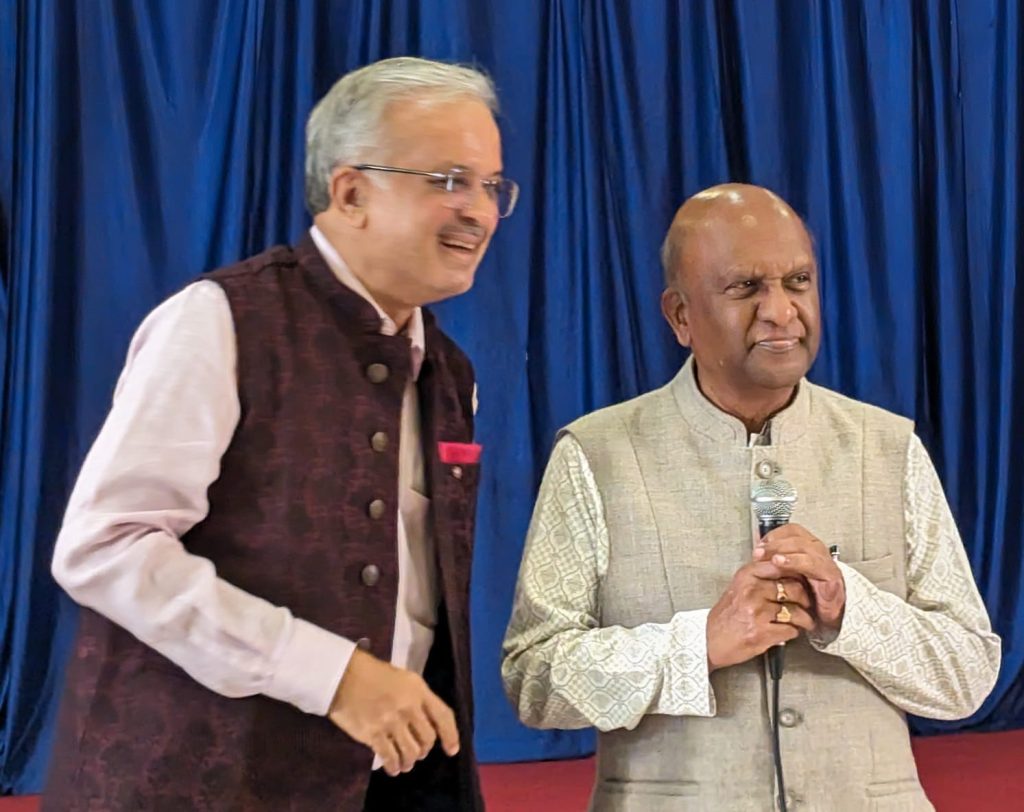
At the time, Wipro was in its infancy as a technology company, and Jani had no idea that his decision would set him on a trajectory to become a key player in India’s technology industry.
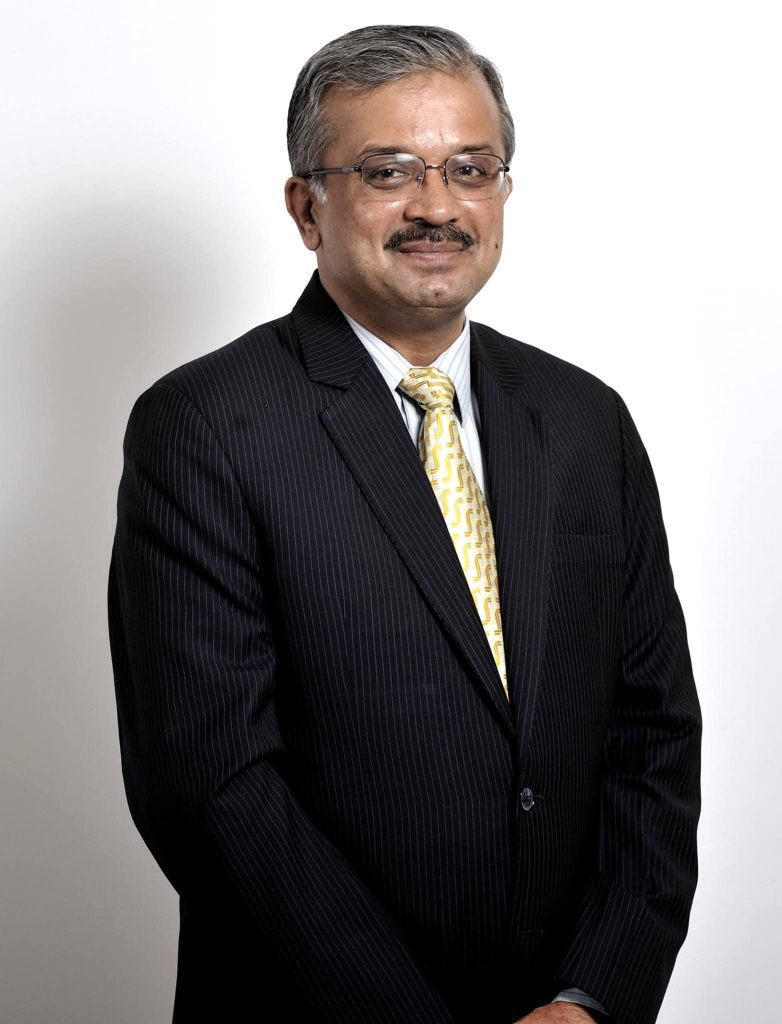
“I started at Wipro, and Wipro itself gave me enough opportunity. I never had to look outside,” Jani reflects. His early years at Wipro were spent working in various roles, from R&D to manufacturing, field engineering, and eventually managing global product divisions. This broad exposure allowed him to build a deep understanding of technology and business, preparing him for the leadership roles he would later take on.
Looking back, Jani attributes his success to a combination of circumstances, perseverance, and the unwavering support of his family. “Everything fell into place. I was at the right place at the right time, lucky, and started from a humble background,” he says. His rise through the ranks at Wipro, and later at Mindtree, where he was instrumental in taking the company public, speaks volumes about his resilience, foresight, and ability to seize opportunities.


The Beginning of Nuvepro: A Vision to Lead in Cloud Management
To understand the journey of Jani and his colleagues, one must first go back to the early days of cloud computing, as he mentions. “The year was 2010–2011, and I was part of the Mindtree family alongside Giridhar, Moyukh, Rajesh, and Umesh—a founding team that has since become synonymous with innovation and foresight in the tech space. It was around this time that Giridhar, a visionary technocrat, conceived an idea that would shape the future of cloud technology: a private cloud management software called VM Unified.”
At the time, cloud computing was still in its nascent stages. While the buzz surrounding the cloud was palpable, real-world applications and effective management tools were few and far between. Giridhar, however, saw the future clearly—he understood that cloud computing was going to be huge, and the market was going to need robust management solutions.
As Jani recounts, “We had plenty of products for system and network management. It only made sense to develop something for cloud management. As the CEO of the Product Engineering Division and later the CTO at Mindtree, I fully supported the idea. We decided to allocate a budget to build a proof of concept, test it in the market, and scale it further if it gained traction. The journey had begun.”
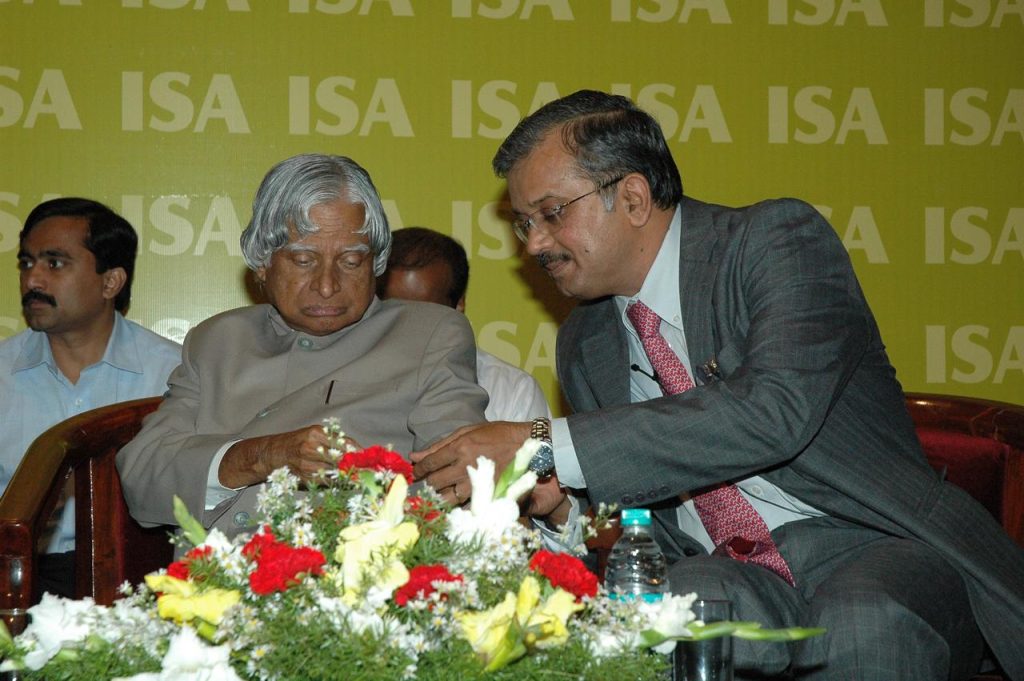
The Challenges and Realization
The path to market success, however, was not without its challenges. Mindtree, at its core, was a services company. The concept of selling a product was not an easy sell, either internally or externally. Customers were understandably skeptical—how could they be sure that Mindtree, a services company, would remain committed to a product when its primary business focus was elsewhere?
This was a pivotal moment in Jani’s career. Around 2013–2014, with retirement plans on the horizon, he proposed spinning off the product into a separate entity to give it the attention it deserved. After careful deliberation, the Mindtree board agreed, and the vision for Nuvepro began to take shape.
Jani saw an opportunity that extended beyond just technology; it was a vision of long-term sustainability. As he reflects, “We all signed up for a roller-coaster ride—a journey filled with challenges, growth, and shared joy.” It wasn’t about chasing quick returns—it was about building something meaningful, something that could endure.
The Birth of Nuvepro
October 20th, 2014, was a defining day in Jani’s life. After officially leaving Mindtree in the morning, he was fully immersed in the new company, Nuvepro, by the afternoon.
Along with Giridhar, Moyukh, Rajesh, Umesh, and a few others, Jani set about creating a solid foundation for what would become a key player in cloud management technology. As he put it, “This marked my third professional career.” After Wipro, where he had spent nearly two decades helping build the company’s global R&D division, and Mindtree, which he had co-founded and nurtured into a leading IT services company, Nuvepro became the next step in Jani’s storied journey.
At Nuvepro, Jani’s role evolved into more of an advisory capacity. While Giridhar took on the leadership mantle, Jani focused on strategy, investments, and critical decision-making, providing the company with a wealth of experience to navigate the complexities of the startup ecosystem.
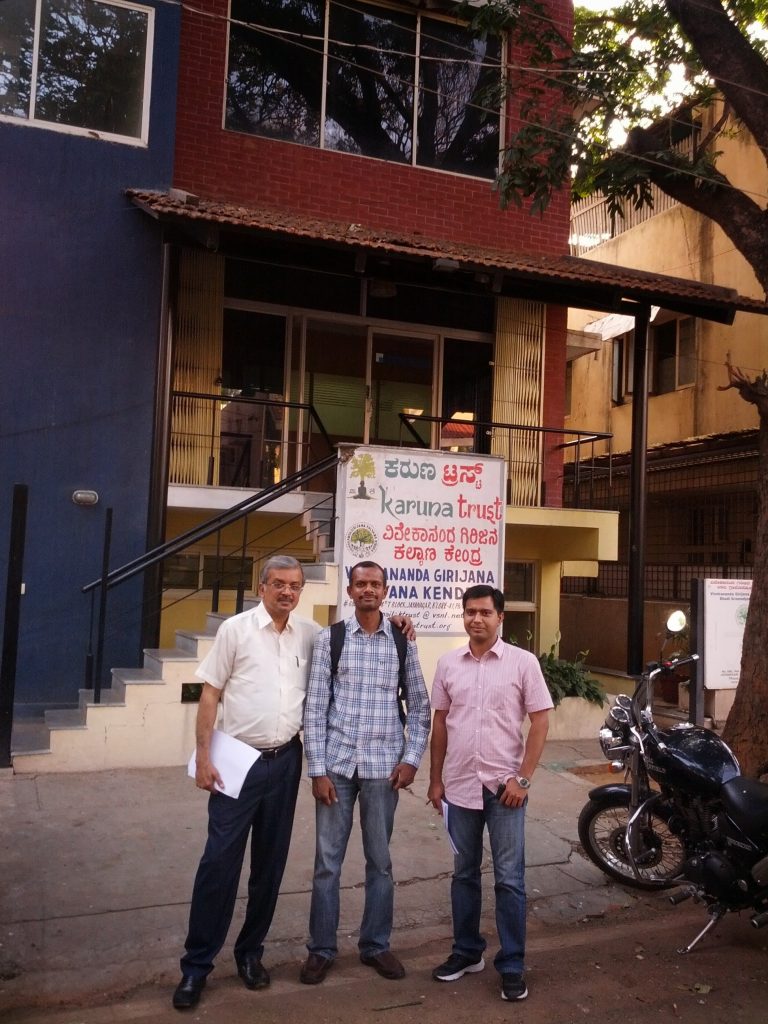
The Long-Term Vision
For Jani, success has always been about the long term. He recalls how his journey with Wipro spanned many years, and his tenure at Mindtree lasted 15 years. Nuvepro, too, would be a long-term commitment. “We ventured into new technology, fully aware that it wouldn’t be easy,” he says. “Scaling something like this was never going to be simple. If we were looking for quick returns, this wasn’t the business to invest in.”
In this vein, Jani views the company’s first decade as laying the foundation for something greater. “The best is yet to come,” he says with quiet confidence. “Now we’re entering the phase where I expect a tipping point. The next 10 years will be about scaling up.”
Insights from Jani: The Role of Sales and Adaptability
Reflecting on the first five years of Nuvepro’s journey, Jani shares valuable insights for anyone embarking on a startup venture. “Startups need to realize that what we start with and what we end with need not be the same,” he says. Nuvepro, which began as a private cloud management company, quickly pivoted to public cloud and SaaS models. This adaptability, Jani believes, was crucial.
“We need to be agile and quick to adapt to the market. We need to focus on where the business is and where the opportunity lies.”
Another lesson he emphasizes is the importance of not underestimating sales and marketing. “As techies, we’re great at developing products,” he acknowledges. “But we often forget that a product alone won’t sell itself.” Sales and marketing, he insists, need to be a priority from day one, not an afterthought.
The Power of Teamwork and Trust
When I asked Jani about the ingredients for success in a startup, his answer was straightforward but profound: trust and ethics. “In a startup, success is as much about the team as it is about the product,” he explains. “It’s about having a group of people you can trust and rely on. The right mix of skills and character can make all the difference.”
He further emphasizes the role of investors who believe in the long-term potential of the company, rather than focusing on short-term exits. “It’s about having a shared vision and commitment to building something sustainable.”

As we wrapped up the conversation, Jani shared a heartfelt perspective on leadership. He believes that one of the key reasons for his success has been the trust his family and colleagues have placed in him. “Leadership,” he reflects, “is not just about managing teams or running a business. It’s about creating an environment where people believe in you, where they trust your vision, and where they are willing to invest their time and effort in bringing that vision to life.”
On his co-founders:
“Each member of our leadership team brings unique strengths to the table. Take Giridhar, for example. While he may not be the most outgoing salesperson, his ability to build and nurture relationships is exceptional. He has an uncanny ability to turn one-time customers into long-term partners, creating trust and comfort that propel business growth. His success across multiple organizations like TCS and Wipro speaks volumes about his skill in relationship management.”
Jani continues, “Similarly, Rajesh’s critical thinking and unwavering attention to detail push us to constantly evaluate and refine our approach, which I greatly admire. He is a man of great words, and we need a mirror like that. Moyukh is the problem solver of the team—he has a knack for understanding complex challenges and finding solutions quickly, making him indispensable in driving efficiency. He is a tech geek, the Mozart of problem-solving, he adds. Adarsh, on the other hand, is our technical anchor. His deep expertise in technical implementation ensures that we always know we’re on the right track, with the right technologies, to bring our vision to life. Each of these individuals played a vital role in our journey, and together, we had the right blend of skills and attitudes to scale Nuvepro successfully.”
As a family man – and anecdotes on his supportive wife, Resp. Uma, in his own words:
“I have often said that a successful journey is not just about professional ambition, but about the personal support system that surrounds you. For me, that support came in the form of my wife, Uma, who stood by me every step of the way—not by pushing me in any direction, but by trusting me to make my own decisions and supporting me unconditionally.”
One early example of this was when we were just starting at Wipro, and I suggested that we move into a company-provided house in Mahalaxmi Layout, where many of the employees were living. My thinking was simple: it would be practical and convenient, allowing me to stay close to work. But with her characteristic wisdom, she told me, “We already talk about business all day long. If we live with other Wipro employees, we’ll just end up talking about Wipro all the time. I don’t want that.” It was a perspective I hadn’t even considered, but it made perfect sense. She needed space — both physical and emotional — away from the constant buzz of work. And I respected that. So, we decided to stay in a rented place instead. That simple decision became a lesson in balance, one that would carry through into the later, more challenging phases of my career. I’ve always believed that while your professional life is important, your personal life must remain protected.

When I finally decided to leave Wipro and pursue the dream of starting Mindtree, I knew it was a huge risk. I was leaving behind a successful career with stock options, benefits, and a secure future. Understandably, my father was concerned. He asked, “Why would you leave a good job to take such a risk?” But my mother supported me through the idea and said, ” Jani knows what is right for him, and let him decide.” My wife also supported the idea by saying, “I don’t know if it’s good or bad, but you’ve thought it through. You know what you’re doing. All the best. I don’t expect my family to be involved in every professional event or decision I make. If they are interested, they’ll join me. If not, I respect that, and I continue with my plans. I think this kind of freedom is key to maintaining healthy relationships, especially when you’re balancing the pressures of a career and personal life.”
“What I’ve always admired about my wife is her strength. People often ask me why I respect women so much, and I think it’s because of this inner strength that women have — a strength that is often more resolute and clear than what men display. As men, we sometimes find ourselves uncertain, wavering in our decisions. But women, like her, are firm in their convictions and have a unique ability to navigate both their own lives and the lives of others with incredible strength and clarity.”
Life outside work: (And its best quoted in his words)
Jani tells us, “For one, I love cooking. Though, admittedly, I’m not really allowed inside the kitchen! It’s one of those things I enjoy as a hobby but have come to learn that it’s better to leave to the experts — which, in this case, is Uma, my wife. But my love for food is genuine. I appreciate good, simple food, and I’m always keen on trying new recipes. But more than that, it’s the time spent together around the dining table with my family that makes those moments special. Another passion of mine is swimming. Whenever I get the chance, I love to go swimming, especially with my family. Whether it’s a resort weekend or just a spontaneous trip to a pool, there’s something about swimming that helps me unwind, reconnect, and enjoy the simplicity of life. It’s a way to clear my mind and reset, something I’ve come to value as much as my work.”

He adds, “I also have a knack for teaching, though I don’t actively seek out opportunities to do so. I teach when I’m asked, but I never volunteer unsolicited. There’s something fulfilling about sharing knowledge, but I believe in doing it when it’s truly needed. For example, I remember when my daughter was studying engineering at PES. One of her major subjects was databases, and she was struggling to grasp some of the concepts. I decided to take the initiative to learn the subject myself so that I could help her out. I studied the entire database textbook in a week and helped her the following week. It wasn’t about proving anything or showing off; it was about being there when needed. This is especially true with my children. When my son completed his engineering at NIT Suratkal, I hoped he would take a path that would align with my own aspirations for him. I imagined he would become a technocrat, following in my footsteps in the tech field. However, he had different plans. He was more inclined to pursue an MBA, and though I had hoped he would go for an MS, especially because it was a tougher route to secure a good MBA seat in India, I never pressured him. He got into four excellent universities in the U.S. for an MS, but he stuck to his decision to pursue an MBA.I told him, “If your interest lies in management, and you want to pursue an MBA, then go ahead and do it.” It was a moment of letting go, allowing him the professional freedom to follow his passion. And I’ve learned that this is one of the most important things a parent can do — give your children the space to make their own choices while offering guidance when asked.”
As I reflect on my first conversation with Jani, I can’t help but feel incredibly privileged and in awe. His ability to speak so candidly about his journey—about the highs, the lows, and the lessons learned along the way—is nothing short of inspiring. He remains a figure of quiet strength, humility, and foresight in the world of technology and entrepreneurship. And as Jani himself said, “The best is yet to come.” and I can’t wait to talk with him more, about everything.
And, yeah, like he quotes “It’s just like Mumbai, once you start living in Bangaluru, you cannot live anywhere else.” – One day, hopefully, Jani Sir.
Written by Shivpriya R. Sumbha | Editorial reviewer: Anisha K. Sreenivasan

